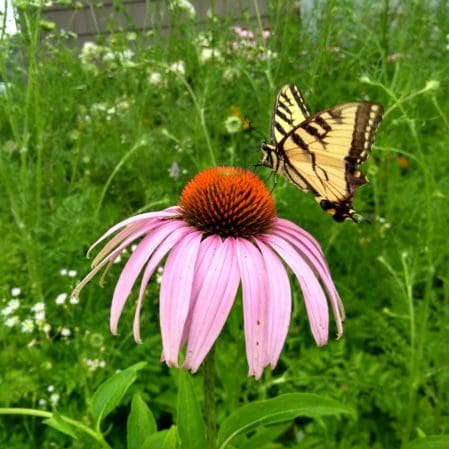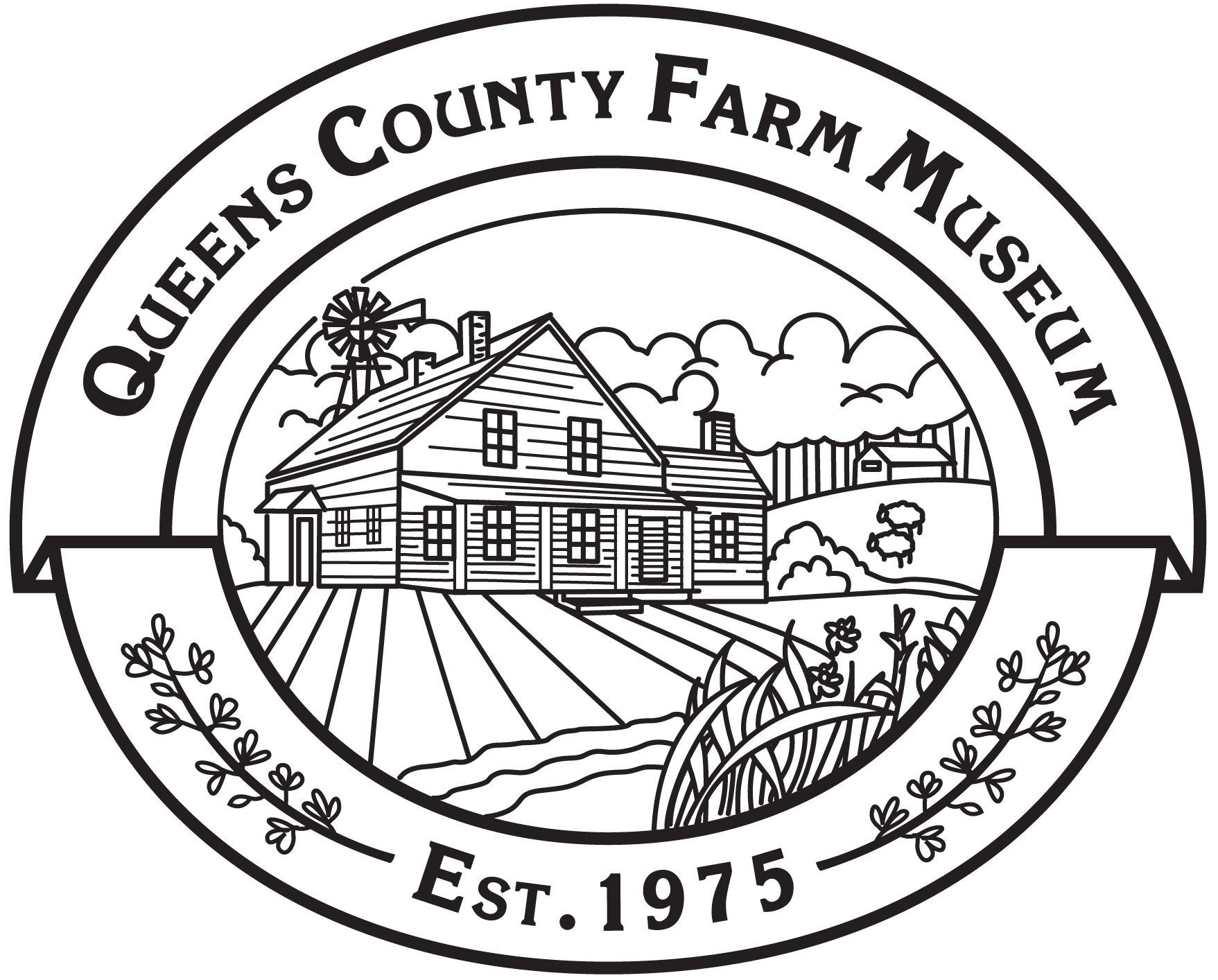Teaching Gardens
Walter Kaner Children’s Garden
Curious visitors can touch, smell, taste, and see an assortment of diverse and historical crops. Children can hide in a living willow teepee, take some shade in a rain-collecting bean house, or visit our three historic Paw Paw trees. Colorful flowers adorn the periphery of our sensory Children’s Garden, which attract not only the most curious of children, but important pollinators as well. Explorers may harvest and sample (signs will let you know what to taste), being careful to keep plants and roots intact, and to leave enough for the next visitor to enjoy. Be sure to examine our new sundial and bird bath, donated by the Lord-Barry family.
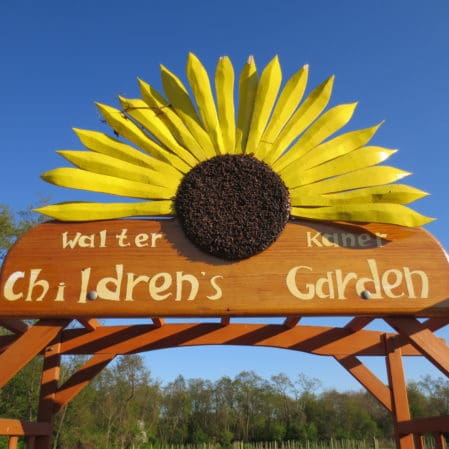
Farmhouse Colonial Herb Garden
18th Century farmhouses such as our historic Adriance Farmhouse often had kitchen herb gardens just outside of their homes. Our Colonial herb garden features traditional colonial perennial and annual herbs for culinary, medicinal, aromatic and ornamental uses, some of which are uncommon in contemporary gardens. Our herb garden beds include a wide variety of mint, sage, thyme, rosemary, lemon balm and verbena, lovage, borage, lavender, catnip, echinacea, costmary, marjoram, yarrow, horehound, hyssop, and oregano.
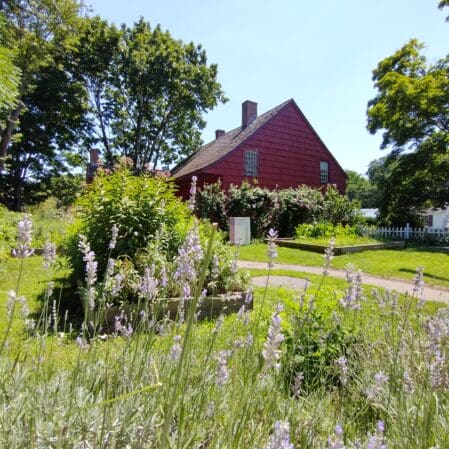
Edible Teaching Garden
Introduced in February of 2024, our Edible Teaching Gardens consist of more than 50 raised beds where we have a wide variety of vegetables, medicinal herbs, a tea garden, strawberries, an assortment of sunflowers, and more. We offer ongoing family planting and harvesting classes on the weekends and during school breaks where parents/guardians and children can plant/harvest vegetables, fruits, and flowers, learn about how to incorporate more fruits and vegetables into their diets, exchange recipes, and gain insight into how to grow successful gardens at home.
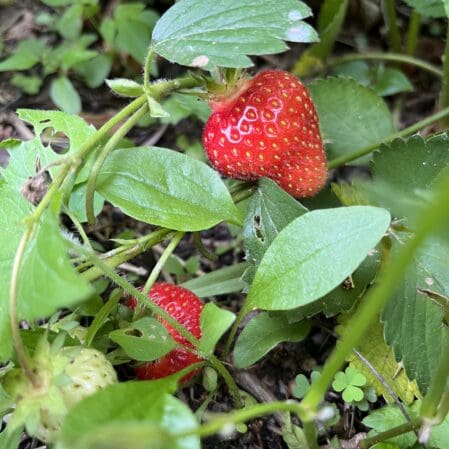
Honeybee Garden
Our Honeybee Garden offers a path that leads from the front of our apiary to the livestock paddocks behind, in an area on the farm known as The North Woods. Our Honeybee Garden includes bee-friendly plants such as wild bergamot (bee balm), coneflower, allium, and salvia. Visit three historic Paw Paw trees at the rear of the Honeybee Garden.
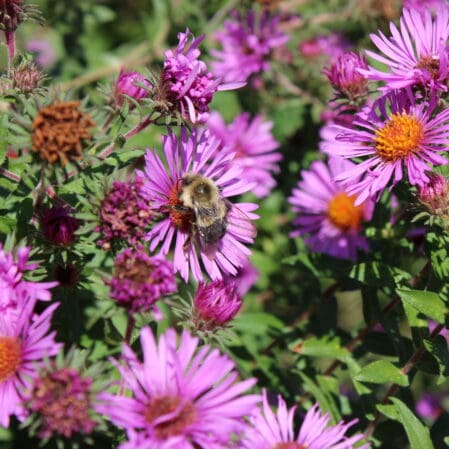
Butterfly Garden
Our Butterfly Garden is full of different varieties of milkweed, which attracts butterflies and other pollinators. The monarch caterpillar feeds only on the foliage of milkweed plants. The Queens County Farm is proud to be a Monarch Waystation, which is a place that provides resources necessary for monarchs to produce successive generations and sustain their migration.
